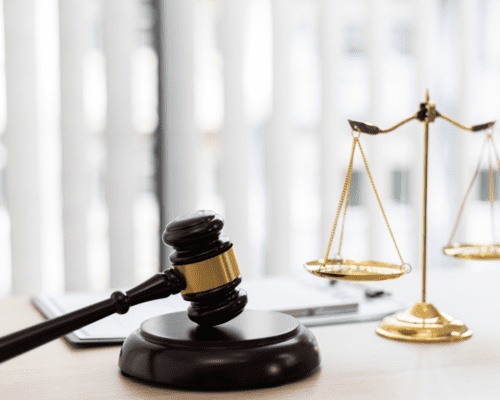How Fault Is Generally Determined in Personal Injury Cases

Fault is not a mere acknowledgment of blame; it’s a legal term signifying the responsibility for an accident or injury. Fault, in a legal context, is generally defined as the blameworthy responsibility or the culpability for an act or event that results in harm or injury to another party. The concept of fault is a fundamental principle in various areas of law, including tort law, which encompasses personal injury cases. The determination of fault is of paramount importance as it directly affects the liability of the parties involved.
Establishing Liability in a Texas Personal Injury Case
Liability for personal injury is typically established through a legal process that involves proving that a party, known as the defendant, is responsible for the harm or injury suffered by another party, known as the plaintiff. Liability is often established based on the legal concept of negligence, which involves demonstrating—with empirical evidence—that the defendant failed to exercise the standard of care that a reasonable person would have exercised in similar circumstances.
- Gathering evidence: To build a solid case and establish liability, obtaining and preserving the supporting evidence is necessary, along with a meticulous examination of the circumstances surrounding the incident.
- Eyewitness accounts: Eyewitness accounts provide invaluable perspectives, adding a human element to the factual narrative. These accounts can serve as crucial pieces of evidence, either supporting or challenging other forms of documentation.
- Surveillance footage: The presence of surveillance footage can be a game-changer. It offers an unbiased and objective visual record of the events leading up to the injury, providing an additional layer of clarity.
- Accident reconstruction: Accident reconstruction is a sophisticated process involving expert analysis to recreate the sequence of events accurately. This can be particularly useful in cases where the exact details of the incident are disputed.
- Analyzing police reports and documentation: Official documentation, such as police reports, serves as a foundation for determining fault. These reports often include crucial details, witness statements, and initial assessments made by law enforcement.
- Statements from involved parties: Personal statements from those involved can offer insights into their perspectives, contributing to the overall understanding of the events leading to the injury.
- Traffic violations and citations: Traffic violations and citations can serve as tangible evidence of negligence, providing a legal basis for assigning responsibility in an accident.
- Expert opinions and testimonies: In complex cases, expert opinions and testimonies can provide a deeper level of analysis and insight, strengthening the overall argument presented in court.
Comparative Fault
Comparative fault refers to the shared responsibility between parties involved in an accident. This legal concept acknowledges that multiple parties may contribute to an incident, each carrying a proportionate level of responsibility.
Texas adheres to a modified comparative fault system with a 51% bar rule. This means that a plaintiff can recover damages as long as their percentage of fault is not greater than 50%. If the plaintiff is found to be 51% or more at fault, they are barred from recovering any damages.
The damages awarded to the plaintiff are reduced by their percentage of fault. For example, if a plaintiff is found 20% at fault and the total damages amount to $100,000, the plaintiff can recover $80,000 (i.e., $100,000 minus 20%).
Factors Influencing Fault Determination
Negligence, a cornerstone in personal injury cases, involves a failure to exercise reasonable care. The standard of care expected in a given situation is a crucial factor in determining negligence. Instances where traffic laws or regulations are violated can strongly indicate fault. Whether it’s running a red light or failing to yield, these violations contribute to the overall assessment of responsibility.
In product liability cases, fault is typically determined by assessing whether the product was defective or unreasonably dangerous and if that defect directly caused the plaintiff’s injuries. It is essential for the plaintiff to demonstrate that they were using the product as intended or in a foreseeable manner. If successful, the plaintiff may establish the manufacturer’s liability for the injuries caused by the defective product.
Top-Tier Personal Injury Representation at DK Law
Navigating the intricacies of a Houston personal injury case can be daunting. With DK Law, you can know your case is benefiting from years of experience and specialized knowledge. Our Houston legal team is here to provide unwavering support and secure the compensation you rightfully deserve.
Head attorney Darius Khosravian is a seasoned personal injury lawyer with notable achievements, including recognition by The National Trial Lawyers Top 40 Under 40 and membership to the Multi-Million Dollar Advocates Forum. Membership is limited to attorneys who have won multi-million-dollar settlements and verdicts for their clients.
Contact DK Law at (281) 402-8856 today to schedule a free consultation.